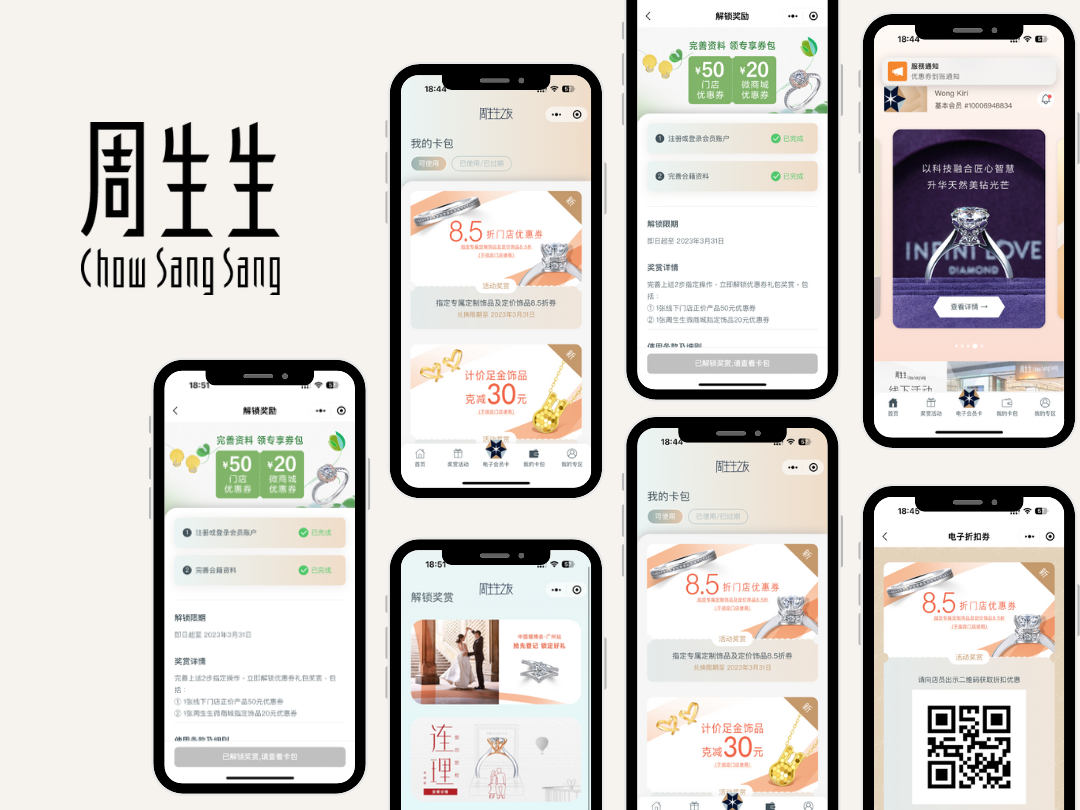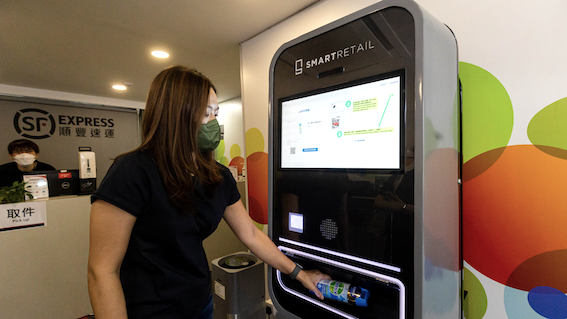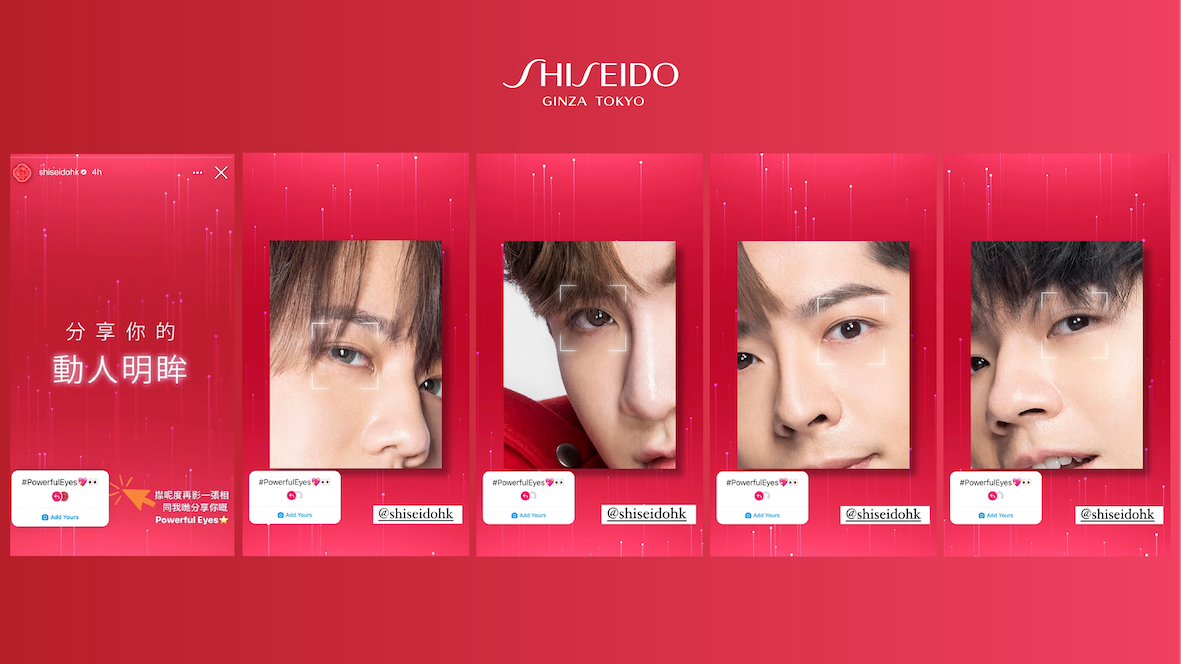Brands invest in loyalty programs to retain customers in the local market, but they often overlook the potential of tourists as repeat customers. Though many businesses assume that tourists are a one-time thing, in reality, a significant portion of inbound travelers are frequent visitors. The analogy is like how taxi driver often see no value in maintaining good service or added value since unlikely they will be return customer. However, that’s actually not the case. There is actually a good portion of repeat frequent travellers in the inbound traveller mix.
We might be soon to see the return of frequent tourists from neighboring cities and countries for business or leisure shopping, and like locals, they tend to visit the same shops and restaurants. If we put Hong Konger into the context, you will comprehend the fact that the vast majority of us will visit the same restaurant or same shop during our multiple trips to our second home such as Taipei, bankgkok or Japan in a year. You might have heard friends around saying it’s time to fly to Japan to “refill” home essentials, basically it is the same thing.
However, the challenge is that most loyalty programs do not apply to travelers. Brands often do not have access to tourist profile data or the origin of their tourist customers. To address this, brands that have a presence in multiple regions should consider a borderless loyalty program that allows customers to earn and burn points across different regions. Do brands have a good grasp on the tourist segment of their customer profile? Regrettably, most brands lack access to tourist profile data, leaving many in the dark. However, some industry-specific brands may be in for a surprise when comparing tourist demographics to those of their local customers. Its crucial to shed some light on this data and see if there are any untapped opportunities for growth.
Loyalty program should be Borderless
You're a loyal customer of a brand that has stores all over the world. But when you try to use those loyalty points in a different region, you find out they're not accepted, that will probably lead to to a loyalty letdown. Brands that have presence in multiple regions should definitely consider a borderless loyalty program leveraging their customer reach. We have recently launched a loyalty app for Chow Sang Sang Jewellery, a leading player in this genre. They're one step ahead of the game with their loyalty app that allows customers to earn and use points sharing the same point pool across multiple regions, including Hong Kong, China, and Taiwan. Plus, they've tackled the tricky currency conversion issue by letting customers redeem vouchers with a different point scale for each region.
If you're a brand trying to attract travellers, you've got to make sure you're fishing in the right pond hence the right platform. You need a centralised database storing all your precious data, and a front-end entrance built on multiple platforms that are tailored to your target demographics. For example, you'll want a WeChat mini-program to cater mainland Chinese users. And while brick and mortar stores might act as the “love at first sight” touch point for many retailers, mature brands know how to keep the momentum continue by luring customers to their e-commerce site for customer journey extension once they're back in their hometown.
Brands that want the wallet of travelers need to win over their hearts as well, and regular communication with relevant content is key. But let's be real, it's tough to persuade tourists to keep coming back to your store. That's why it's crucial to create touch points that keep them engaged. One tactic that works is a loyalty program infused with gamification, especially for Gen Z who love token economies in mobile games. User habit is built encouraging users to complete missions such as to check-in at designated stores, to collect virtual gifts or to share a special moment on their social media. Of course at the end of the day, behaviour of traveller is different from your daily local customer, so before you go all-in, consider if the traveler segment is sizeable enough to justify the extra effort of setting up a unique customer journey.
Foot in the door
In the Hong Kong retail scene, competition is fierce and often tourist go shopping in location nearby or convenient to their travel itinerary, and it’s especially true for the spontaneous Gen Z travellers. Despite the best efforts of retailers to target them with ads before they even leave home, there's no guarantee they'll visit your store. That's where early bird vouchers might be the answer. By offering discounted cash vouchers or added perks before their trip, you're luring them in before they even arrive. And let's be real, who doesn't love a good deal?
During the pandemic, shopping malls have discovered a new way to capture these customers. We have launched e-commerce portals for many of them, something both the malls and us never considered pre-Covid. We encourage consumers to purchase discounted cash vouchers or vouchers with additional perks before their trip. Some travelers already have a shopping list, while others may appreciate a goodies bag with mystery vouchers for random shops. It's like a shopping adventure where they don't know what treasures they'll find. Also let's not forget the power of now. Travellers want to use their coupons or acquire their incentives right away, so immediate redemption is key. Another significant benefit is that brands can collect customer data right at the beginning of the customer journey, opening up many possibilities for further engagement.
Traveler-centric communications
Including a messaging bot in your marketing arsenal is a savvy move when targeting travellers. After all, tourists come from all over the globe, a CS team that works on regular business hours is only business centric. To truly be customer-centric, you need to provide round-the-clock, omnichannel communication options that cater to the needs and preferences of travelers. For instance, businesses that only take email enquiries doesn’t work for mainland Chinese and WhatsApp doesn’t serve the Japaneses and Koreans as well. By incorporating a chatbot with a simple dialogue flow, you can quickly and efficiently handle common questions and even help travelers book a table at a restaurant. To make the experience even smoother, be sure to confirm bookings through the traveler's messaging app, as they may not have a local phone number. What comes natural and also warm-hearted to the customers is to send thru a survey or voucher can be granted to the customer post visit. Again tourist of course usually won’t come back again in 2 weeks, but we enabled this small trick allowing the voucher to be transferred to a friend that might be visiting the city very soon, and that is just an effective way of creating a referral program easily.
Published by Marketing magazine Hong Kong, April 2023










